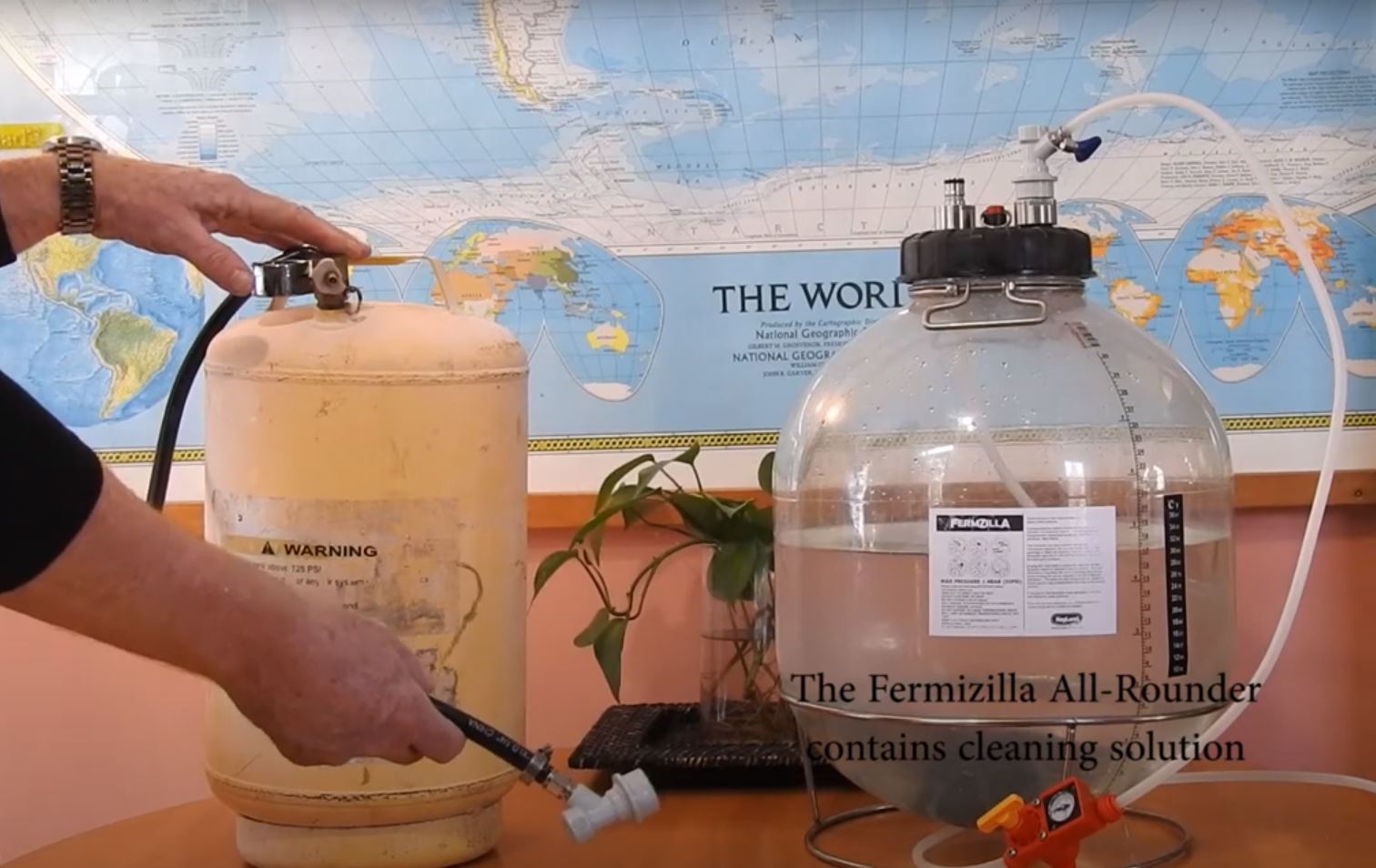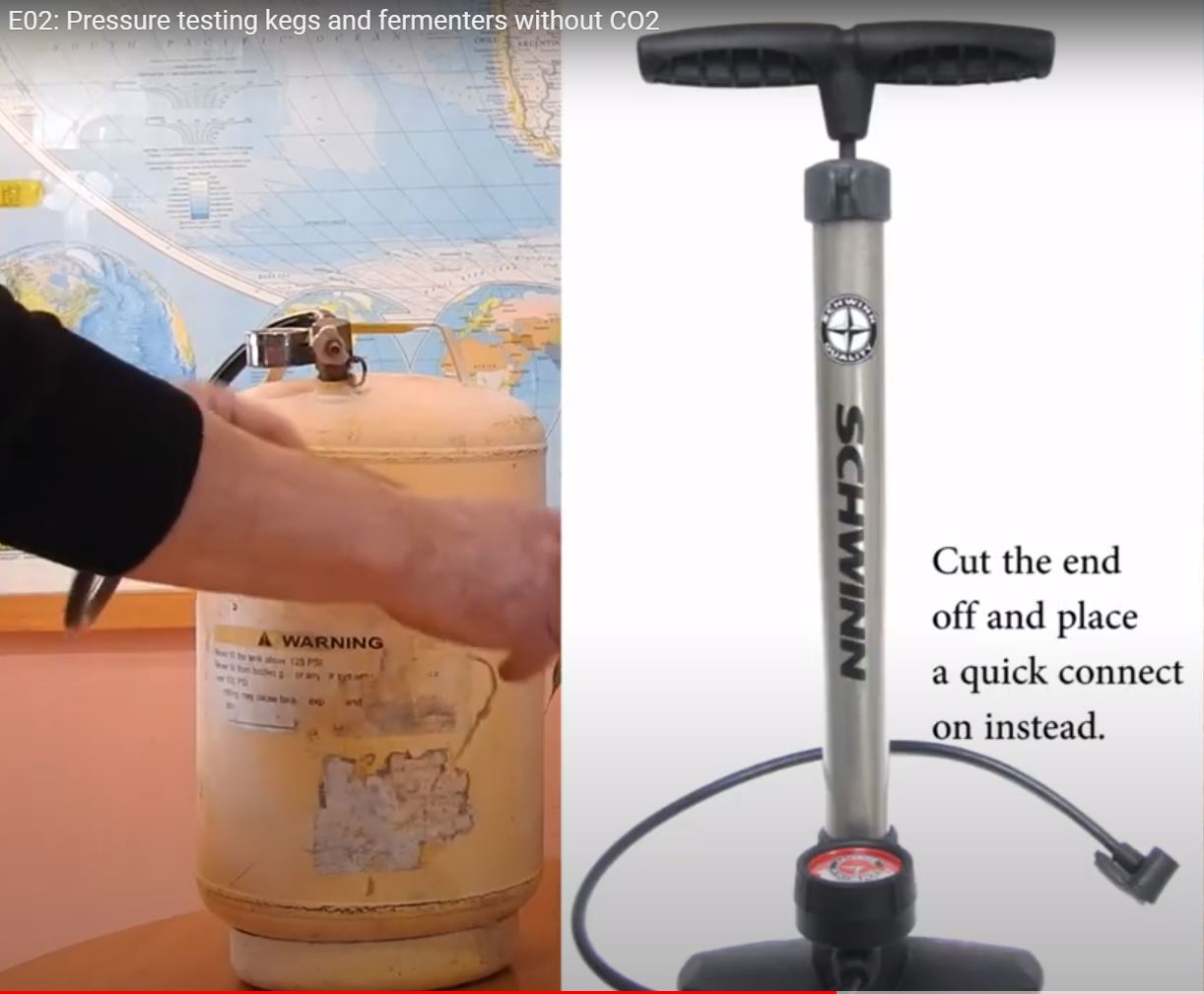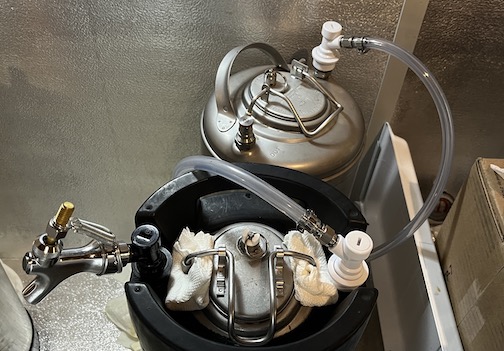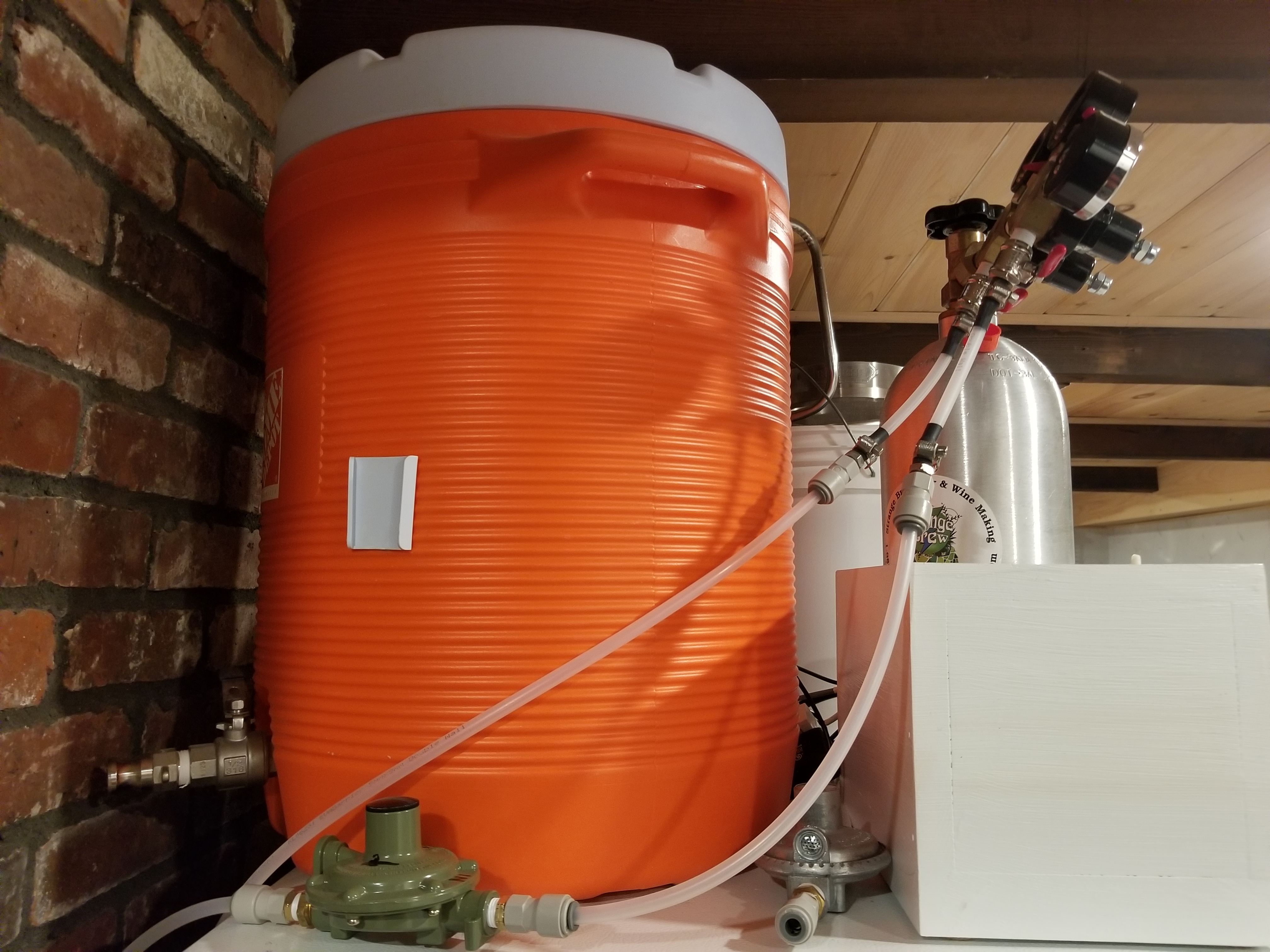Cider Wraith
Well-Known Member
I've heard two different definitions for the use of pressure valves, first ordinary pressure fermenting as a flavor modulater, second "spunding" referring to self carbonation - possibly only applied at close to the end of fermentation. I use "pressure fermenting" to refer to everything.
My guess as to why refrigerating and serving a not-fully-fermented product wouldn't work for beer is that you beer drinkers might not like that much variation in your end products, but ciders can probably happily tolerate a wider range of variables
My guess as to why refrigerating and serving a not-fully-fermented product wouldn't work for beer is that you beer drinkers might not like that much variation in your end products, but ciders can probably happily tolerate a wider range of variables
Last edited:















































![Craft A Brew - Safale S-04 Dry Yeast - Fermentis - English Ale Dry Yeast - For English and American Ales and Hard Apple Ciders - Ingredients for Home Brewing - Beer Making Supplies - [1 Pack]](https://m.media-amazon.com/images/I/41fVGNh6JfL._SL500_.jpg)

















